Playing “I Spy” at Canterbury Shaker Village in New Hampshire
On a recent trip to beautiful Concord, New Hampshire we stopped at nearby Canterbury Shaker Village for an afternoon of exploration and learning about the history and lifestyle of the Shakers.
The Shakers first formed in the early 1700s in England. Known as “Shaking Quakers” because of their erratic dancing during worship, the founders were previously members of other religious groups, including English Quakers and Methodists. A group of nine people, led by Mother Ann Lee, came to New York in 1774 to build “Heaven on Earth” and eventually made their way to Canterbury, New Hampshire, just north of Concord, in the early 1790s.

At their peak, there were 19 Shaker Villages spread out from Maine to Kentucky. Today (as of 2023), only two Shakers remain at the Sabbathday Lake Shaker Village in Maine. Shakers believe that time was a gift from God and that humans should work hard to never waste time.They also had doctrines that specified communal ownership, pacifism, equality of the sexes, and celibacy. While they believed in living simply, they did not oppose technology and were some of the first groups to have technology (Shaker buildings had electricity four years before the State House did!). Shakers are credited with inventing and improving upon many ways to make daily chores easier and simpler, and the Shakers are considered the most successful communitarian society in American history.
Canterbury Shaker Village officially opened in 1792 with the Meeting House and added several buildings over time, including the 1890s creation of the Turning Mill Pond, which brought water to the village and fueled most of the operations. The Canterbury Shaker Village thrived in the mid 1800s, with approximately 300 people living and working throughout the village’s 100 buildings, but started to decline in numbers in the early and mid 1900s. The Shaker order was closed in 1950 and would not accept new members. The Shakers tried many ways to earn income (such as sewing the famous Shaker sweaters for Ivy League college students) in order to preserve their community and opened the Village as a museum in 1969 while there were still five sisters living on the property. The last sister of the order passed away in 1992 and the following year, The Village became a National Historic Landmark.
Today, guests can tour parts of the nearly 700 acres of property, which include 25 original and 4 reconstructed Shaker buildings, as well as open fields, gardens, and mill ponds. Self guided tours are allowed on the property from dawn to dusk, but only guided tour guests may go inside the buildings.
Travel Tips:
Would you like to save this?
Playing “I Spy” on the Canterbury Shaker Village Tour:
- The two doors to enter the Meeting House- one for the men (Northwest) and one for the women (Southeast), who had to sit on opposite sides of the room. The Meeting House was the first building the Shakers built in 1792. What visitors won’t see in the Meeting House is an altar, pulpit, musical instruments, art work, stained glass windows, or Bibles or books. The Shakers often gathered for worship on Wednesdays and Sundays for solemn, meditative worship.
- The kitchen setup in the lower level of the Dwelling House. The Dwelling House, the largest building in the Village with 56 rooms, has four stories which housed food prep and the dining room on the lower floor, Administration on the second floor, and separate bedrooms for men and women on the third and fourth floors.
- The original place settings on the dining room tables in the Dwelling House. The table was set to allow for efficient eating (no socializing) and easy clean up- the chairs came from other Shake Villages and were small enough to be tucked under the table or hung on the wall pegs. Shakers ate well, including apple pie at all three meals every day!
- The Chapel organ and pipes which were added in 1920 to the Chapel (built in 1838) on the second floor of the Dwelling House. Today, the Chapel hosts concerts for the public with several instruments, including the organ, showcased.
- The original washing machines that were built by the Shakers in the late 1800s in the Laundry Building. As is common for the Shakers, they took the strenuous task of washing clothes by hand and built machines that would do the task more efficiently. Their machines were so impressive that local colleges and universities purchased them for campuses.
- The upper level laundry drying racks (built by hand by the Shakers) that would dry dozens of garments at once in the Laundry Building.
- The spools of yarn (crimson red for Harvard, baby blue for Columbia, and dark green for Dartmouth) used by the Sisters to make the famous Shaker sweaters for male college students- one of the ways the Shakers earned money for other necessities in the second floor Laundry Building.
- The wooden cut outs used for stretching drying socks on the second floor Spin Shop.
- The slabs of granite used as a base for an ironing board (they held the heat so much longer!) in the Spin Shop.
- The original school desks in the School Building. The original one story schoolhouse opened in 1823 with boys going to school for three months in the winter and girls going to school for three months in the summer. When New Hampshire required 180 days of school and an addition was needed, the schoolhouse was jacked up and a new floor was added underneath (so as to not have to replace the costly, time consuming roof). Younger children went to school upstairs and older children went to school downstairs- still at separate times.
Bonus: Try and count the number of wooden peg rails on the walls of every building (and just about every room!) They were used to hang everything from hats and clothes to chairs and brooms- the Shakers thought if you hung something when you were done using it, it would be more efficient to clean.
Looking for other living history museums that showcase the Shaker lifestyle? Check out our post featuring Hancock Shaker Village in Hancock, Massachusetts (the Berkshires). And for more fun in Concord, check out our post featuring the McAuliffe Shepard Discovery Center and the Pierce Manse. And follow along on our adventures on Instagram, Facebook, Pinterest, and Twitter.
Disclosure: Our family was given a media pass to tour the Village; all opinions expressed are my own.














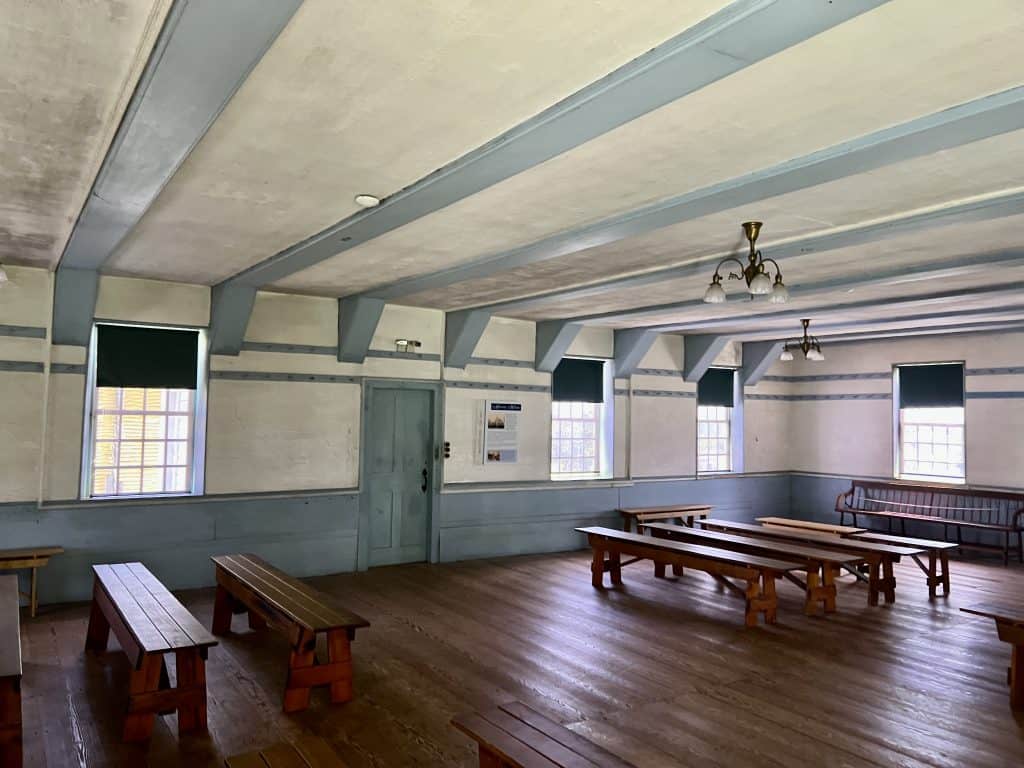



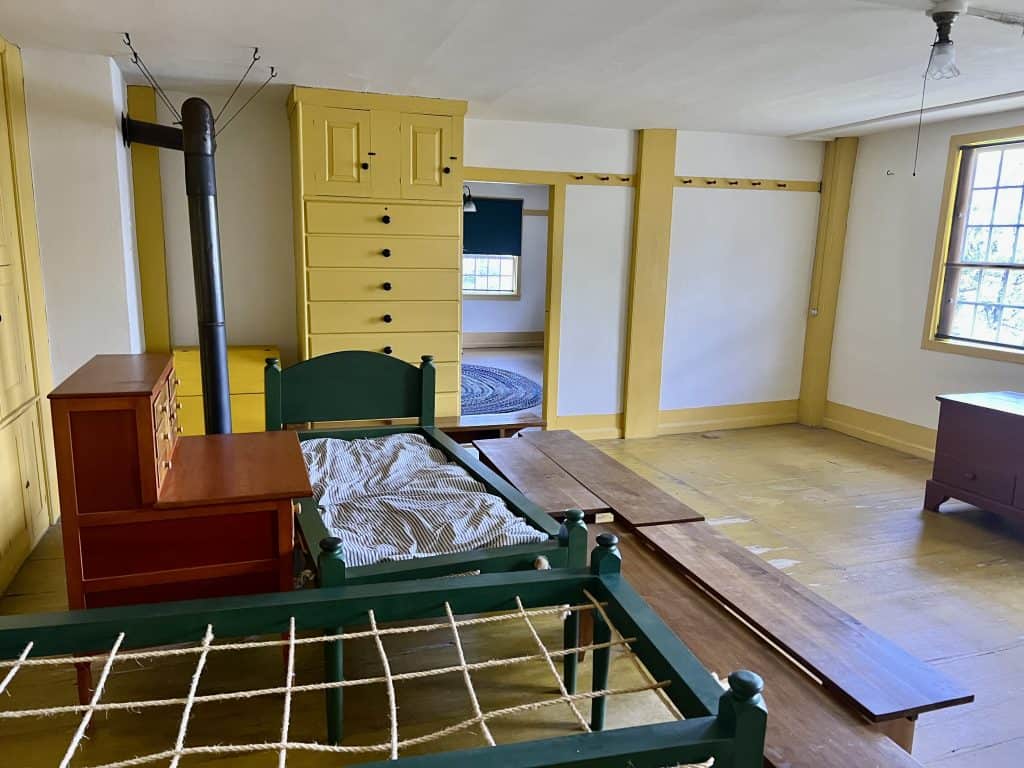

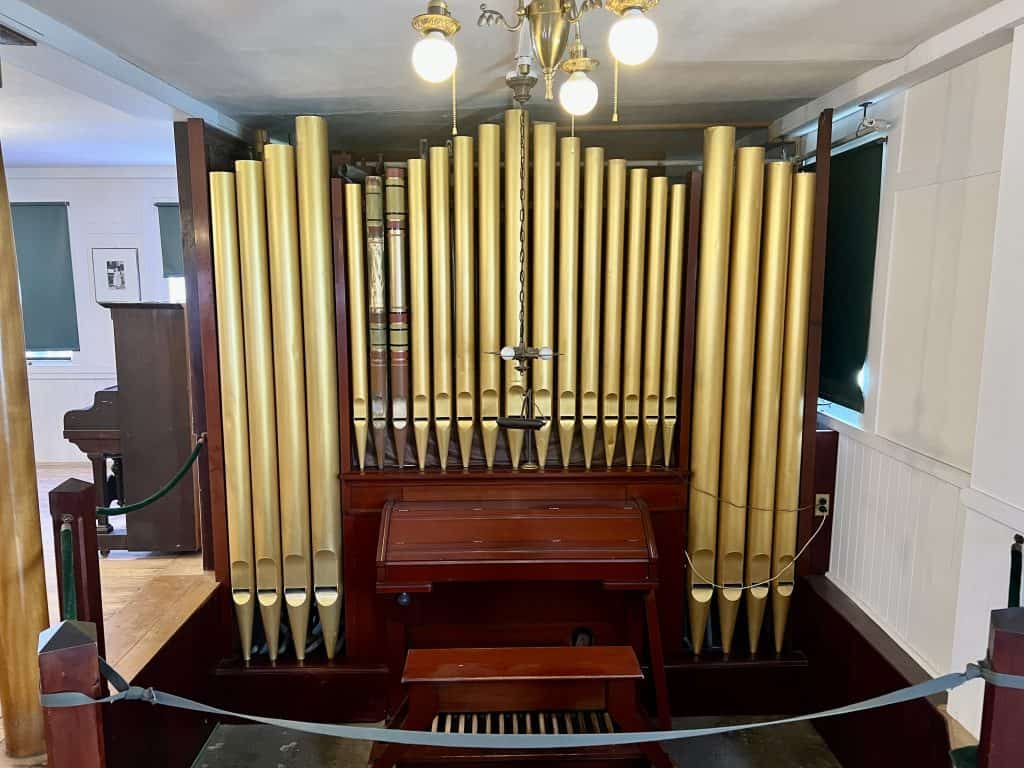






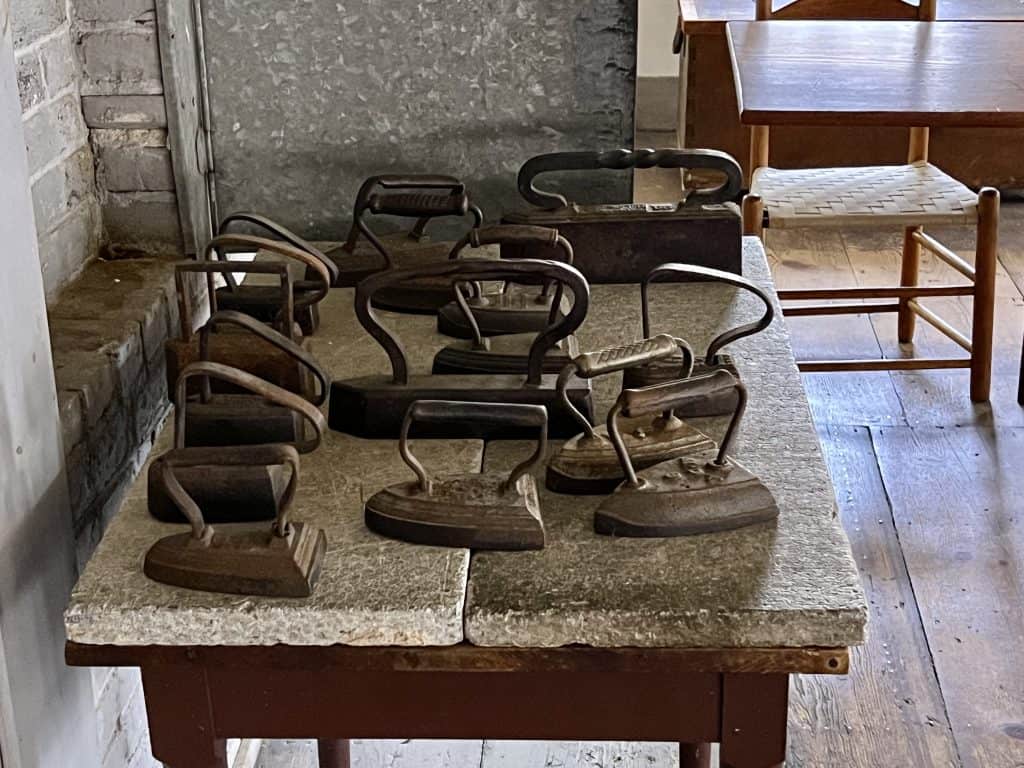




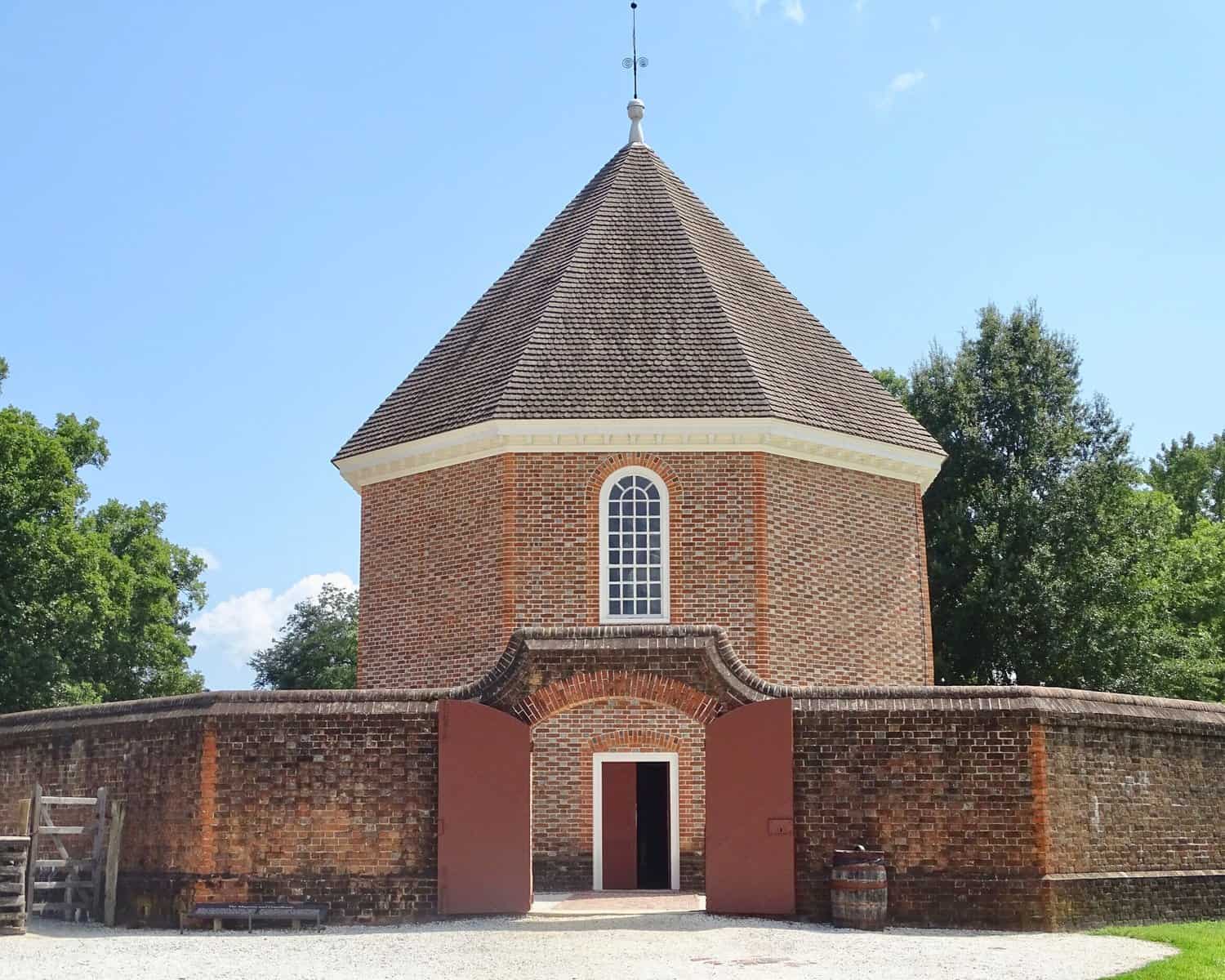
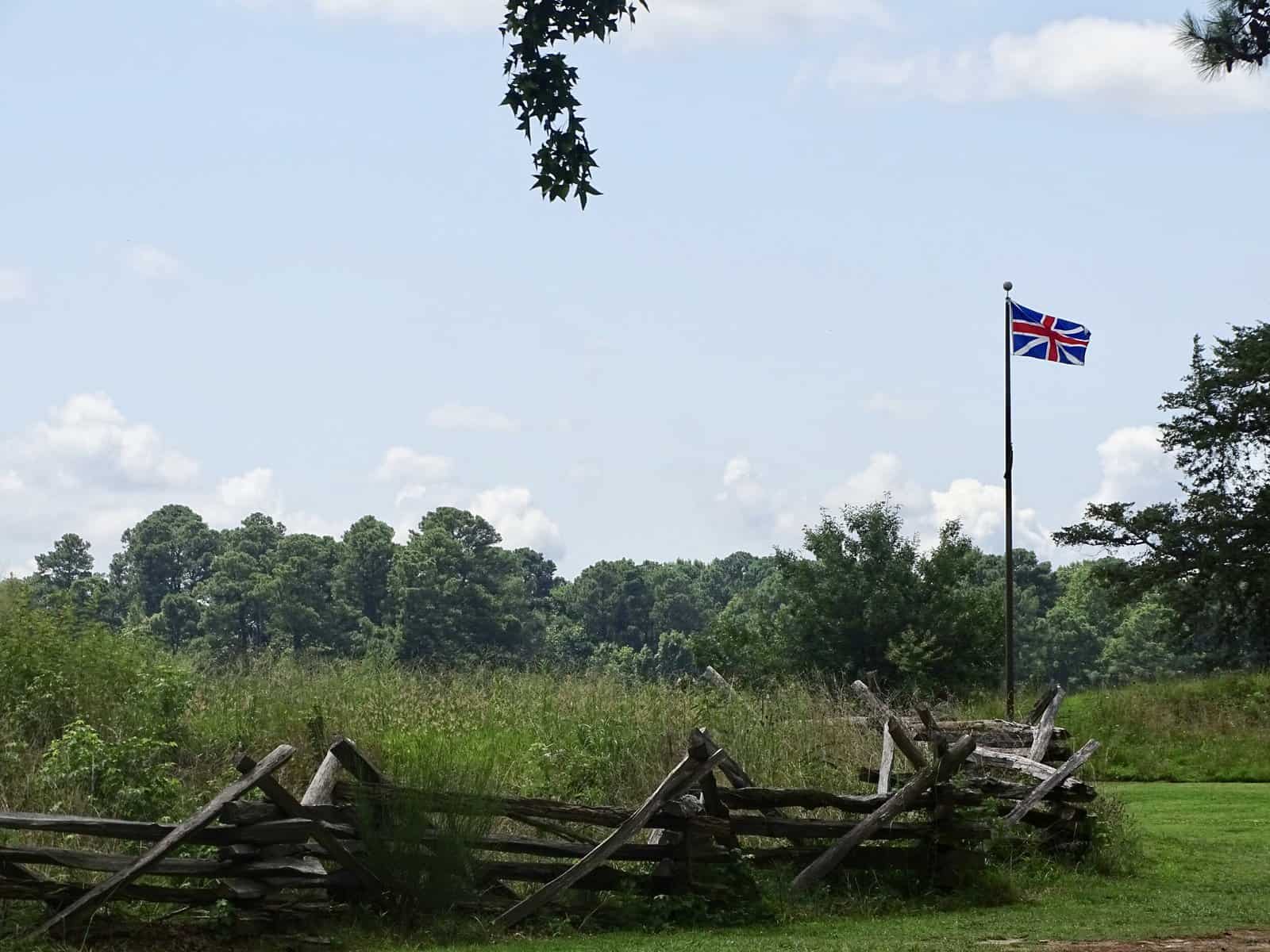



So many useful tips here, this sounds like such a great trip for the family. Thanks for sharing
This is so timely. Our nephews were just asking about Shaker furniture. Thanks for the tips!
What a fun and quaint village! Looks like a great adventure for the whole family!
I love visiting living history museums that showcase how people lived/live – they are so interesting. Adding this one to my list of places to visit when I get to the USA.
This is really interesting! I have (of course) heard of Quakers, but not shakers. It is pretty cool that they built such an impressive forward thinking community starting with just 9 people! It’s really cool how many of their beliefs are important now, like equality of the sexes and finding cool technology to make lives better/easier.
It is a bit of a shame that they closed to new members and slowly declined. It seems like they would have fit it well with modern society and could have different alternatives to capitalism…